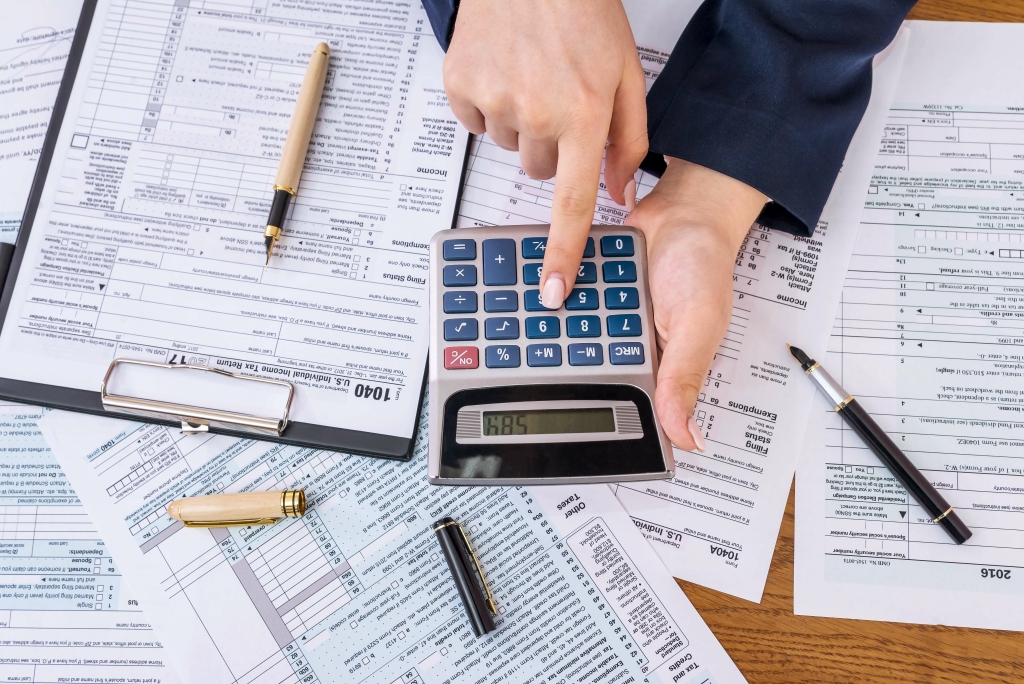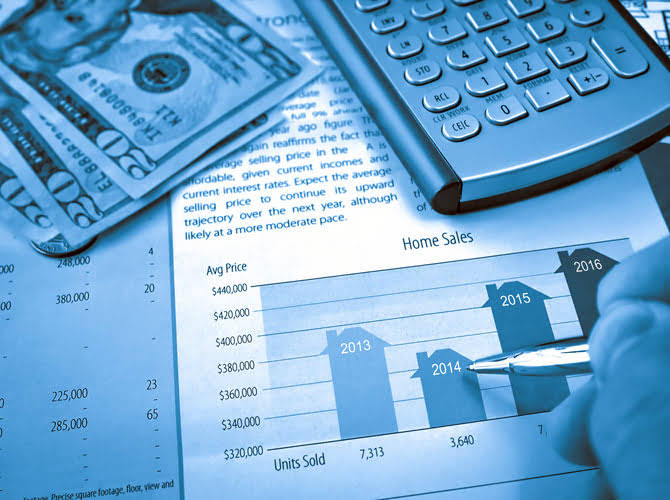
LITCs can represent taxpayers in audits, appeals, and tax collection disputes before the IRS and in court. In addition, LITCs can provide information about taxpayer rights and responsibilities in different languages for individuals who speak English as a second language. For more information or to find an LITC near you, go to the LITC page at TaxpayerAdvocate.IRS.gov/LITC or see IRS Pub. 4134, Low Income Taxpayer Clinic List, at IRS.gov/pub/irs-pdf/p4134.pdf. The safest and easiest way to receive a tax refund is to e-file and choose direct deposit, which securely and electronically transfers your refund directly into your financial account. Direct deposit also avoids the possibility that your check could be lost, stolen, destroyed, or returned undeliverable to the IRS.

Double-Declining Balance (DDB)
Companies take depreciation regularly so they can move their assets’ costs from their balance sheets to their income statements. When a company buys an asset, it records the transaction as a debit to increase an asset account on the balance sheet and a credit to reduce cash (or increase accounts payable), which is also on the balance sheet. Neither journal entry affects the income statement, where revenues and expenses are reported. Depreciation is an accounting practice used to spread the cost of a tangible or physical asset over its useful life.
What small business owners should know about the depreciation of property deduction
You could group 15-year real property by month and year placed in service. If you used the percentages above to depreciate your 5-year recovery property, it is fully depreciated. This can also affect what you might pay in capital gains tax if you sell the asset for a profit. You must add back in the depreciation you claimed to your adjusted basis in the asset when https://www.bookstime.com/ calculating your profit for tax purposes. You must complete and submit Form 4562 with your tax return if you elect to use this method, if you carry over any portion of your depreciation deduction to the next tax year, or if you opt to take this deduction for a vehicle. Your depreciation deduction can be no greater than your taxable business income for the year.
What property is depreciable?
When your business purchases a big-ticket item such as a vehicle, a building, or equipment, you won’t be able to expense it immediately. Instead, you’ll want to depreciate the asset over its useful life. Examples of the classifications of assets used to record depreciable assets are buildings, computers and software, furniture and fixtures, machinery, and vehicles. Find out what your annual and monthly depreciation expenses should be using the simplest straight-line method, as well as the three other methods, in the calculator below.
- If the software meets the tests above, it may also qualify for the section 179 deduction and the special depreciation allowance, discussed later in chapters 2 and 3.
- The useful life will vary depending on the depreciation method employed.
- Do this by multiplying the depreciation for a full tax year by a fraction.
- If an item of property is accounted for in a single item account, the adjusted basis is the basis you would use to figure gain or loss for a sale or exchange of the property.
- To start, a company must know an asset’s cost, useful life, and salvage value.
- Depreciation is a way for businesses and individuals to account for the fact that some assets lose value over time.
You’re our first priority.Every time.
Generally, the rules that apply to a partnership and its partners also apply to an S corporation and its shareholders. The deduction limits apply to an S corporation and to each shareholder. The S corporation allocates its deduction to the shareholders who then take their section 179 deduction subject to the depreciable assets limits. The basis of a partnership’s section 179 property must be reduced by the section 179 deduction elected by the partnership. This reduction of basis must be made even if a partner cannot deduct all or part of the section 179 deduction allocated to that partner by the partnership because of the limits.

In 2023, Jane Ash placed in service machinery costing $2,940,000. This cost is $50,000 more than $2,890,000, so Jane must reduce the dollar limit to $1,110,000 ($1,160,000 − $50,000). Land and land improvements do not qualify as section 179 property. Land improvements include swimming pools, paved parking areas, wharves, docks, bridges, and fences. To qualify for the section 179 deduction, your property must meet all the following requirements. You make a $20,000 down payment on property and assume the seller’s mortgage of $120,000.
- Dean also conducts a business as a sole proprietor and, in 2023, placed in service in that business qualifying section 179 property costing $55,000.
- You use GDS and the half-year convention to figure your depreciation.
- If you can depreciate the cost of computer software, use the straight line method over a useful life of 36 months.
- You can depreciate both tangible property, such as a car, building, or machinery, and certain intangible property, such as a copyright or a patent.
- You can elect to claim an 80% special depreciation allowance for the adjusted basis of certain specified plants (defined later) bearing fruits and nuts planted or grafted after December 31, 2022, and before January 1, 2024.
- The depreciation allowance for 2023 is $2,000 [($10,000 × 40% (0.40)) ÷ 2].
- The established amount for optional use in determining a tax deduction for automobiles instead of deducting depreciation and actual operating expenses.
Understanding depreciation in business and accounting
If you selected a 35- or 45-year recovery period, you use either Table 11 or 15. On April 21, 1986, you bought and placed in service a new mobile home for $26,000 to be used as rental property. You paid $10,000 cash and signed a note for $16,000 giving you an unadjusted basis of $26,000. On June 8, 1986, you bought and placed in service a used mobile home for use as rental property at a total cost of $11,500. The total unadjusted basis of your 10-year recovery property placed in service in 1986 was $37,500 ($26,000 + $11,500).
To figure your deduction, first determine the adjusted basis, salvage value, and estimated useful life of your property. Subtract the salvage value, if any, from the adjusted basis. The balance is the total depreciation you can take over the useful life of the property.

In May 2023, Sankofa sells its entire manufacturing plant in New Jersey to an unrelated person. The sales proceeds allocated to each of the three machines at the New Jersey plant is $5,000. This transaction is a qualifying disposition, so Sankofa chooses to remove the three machines from the GAA and figure the gain, loss, or other deduction by taking into account their adjusted bases.